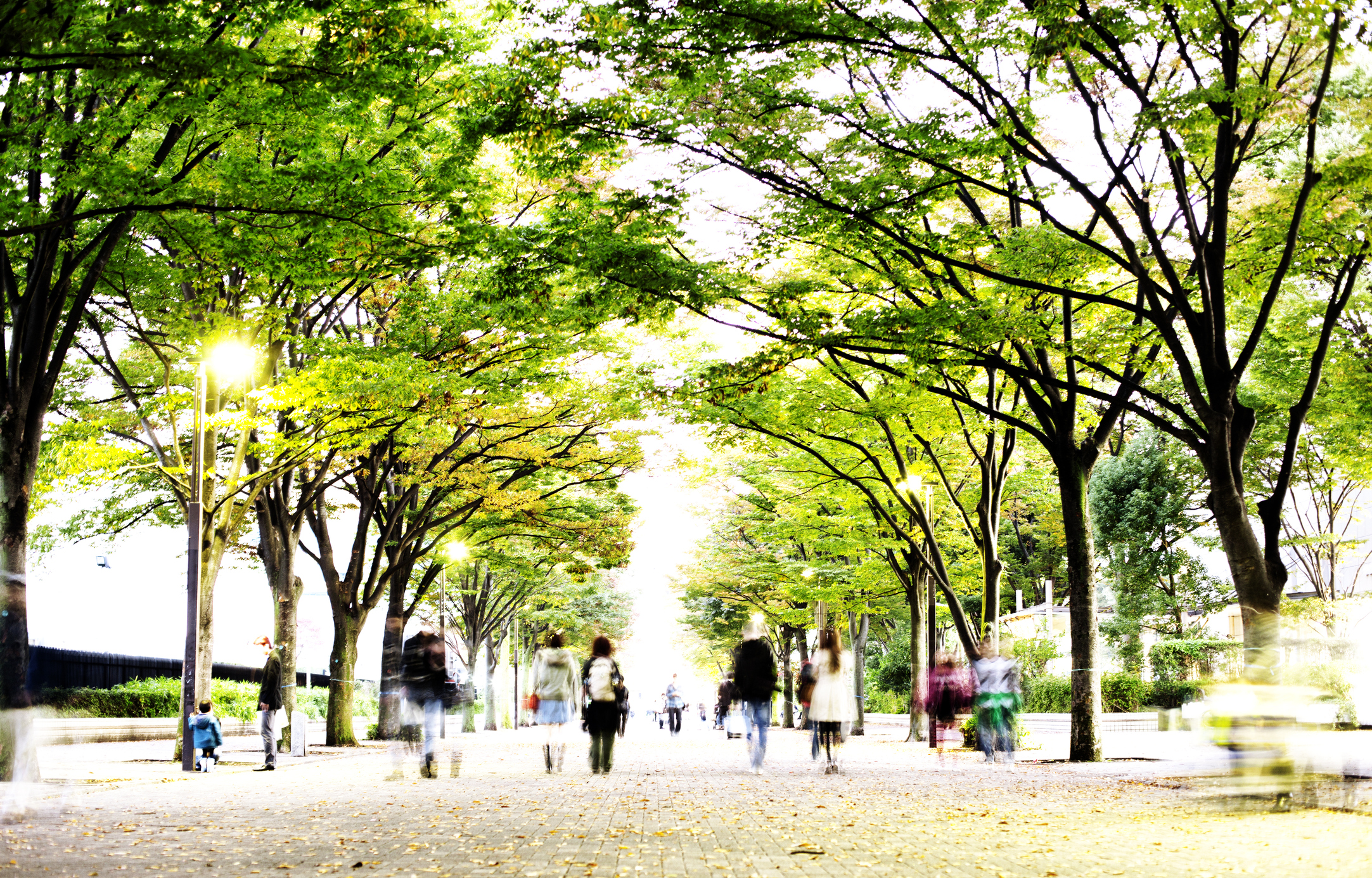Happy Breath will pay your shipping with orders of $100 or more (mainland US orders only).
Tails from the trail and tips on training your human

What Are “Green Streets,” and How Do They Work?

Green streets refer to a sustainable stormwater management technique that comprises the features of the environment, such as trees, vegetation, rainwater, and infiltration methods. Street surfaces are transformed to help with stormwater management in cities.
See what it’s all about.
Green Streets
Maybe you’re unfamiliar with the term “green streets.” However, if you live in any urban city, you might have seen some without knowing they have a name. The primary purpose of the green streets is to incorporate green infrastructure that performs natural, ecological functions. The green infrastructure absorbs the rainwater/stormwater from the sidewalks to protect the water quality in rivers, the sea, and other local water bodies. Green streets remove nearly 90% of pollutants, which would have entered otherwise.
How It Works
The green streets initiative aims to reduce the runoff of rainwater caused by local flooding by implementing green infrastructure, i.e., making adjustments and changes to the landscape of the local streets.
Simply put, green streets capture the water runoff from nearby streets and sidewalks. The runoff enters the ground, where the plants, trees, and other vegetation soil filter the pollutants.
The green street elements are integrated into a given space in several different ways to provide optimal results. The street landscape is artificially manufactured and designed to include trees, shrubs, and rain gardens.
Permeable pavements are also engineered so that the runoff lands on them. The material used to construct this pavement include concrete, interlocking pavers, and other materials that can absorb water.
Green streets are designed according to the space available and its requirements. The way different plants and vegetation have different requirements is also considered when deciding what green elements can be used in the space. However, the purpose and fundamental design of green streets remain the same every time.
Benefits of Green Streets
There are numerous benefits to any city utilizing the green street initiative because it provides a long-lasting and sustainable solution to the challenges brought by stormwater flooding. Below are a few of the many benefits of implementing this system.
Enhance Air Quality
Green streets enhance air quality since the plants absorb carbon dioxide from the environment and provide oxygen and fresh air.
Providing Habitat
Due to the inclusion of different plants, the green streets will act as habitats for several different species, ultimately improving the ecological system.
Reduction of Water Flowing into Natural Waterbodies
The purpose of green streets is to provide the biggest benefit: clean water. The more water the plants absorb, the lesser water flows into pipes and, consequently, rivers and the sea. This is a problem because the water collects oils, grease, and pollutants while traveling to the waterbody. Therefore, green streets filter out pollutants and sediments.
Mitigation of Local Flooding
The presence of plants, trees, and greenery results in maximum absorption of water, which consequently reduces the probability of an urban flood.
Neighborhood beautification
Green streets and green belts help beautify the area in terms of aesthetics which, in turn, results in a happy and satisfied community.
Encouragement of walking/cycling
The greenery and fresh air also motivate people to go for walks on the green streets and commute using their bicycles.
Reduction in heat levels
Due to the massive variations and changes in the climate, extreme weather conditions are expected. These conditions include heat waves, which can be tackled using green infrastructure, ensuring climate resiliency.
Environmental Preservation & Improvement
The utilization of soils and vegetation is an extension of green streets. The maintenance and restoration of natural processes occur, which results in energy conservation and carbon footprint reduction.
Enhancement of Transportation
Green streets effectively use land, improving traffic patterns and enhancing traffic calming. Waiting for mass-transit vehicles is also made easier as green streets improve the safety infrastructure for pedestrians and citizens as a whole.
Further Considerations
Planning for green streets initiatives is done carefully, considering existing street elements, including the buildings, sidewalks, furniture, and roads. Suitable plants and vegetations are chosen while keeping these factors in mind.
Streets’ topology differs from one another. Therefore, figuring out which stormwater facilities can be incorporated is important since standardized designs for green streets will be inefficient. Each site presents unique challenges and features to work with and will provide the benefits accordingly.
Certain infrastructure and landscapes may work for one location but not for another due to their differences. Additionally, space constraints can also be a limiting factor where certain types of facilities, such as planters, are used, depending on the intensity of storms.
Thus, these are vital considerations to consider before deciding on a location or which stormwater facilities to use.
Final Words
Green streets are primarily used for stormwater management. However, they have many benefits provided with the completion of these measures. Therefore, establishing green streets is considered a multi-faceted process. In this process, planners and engineers work on spaces that require effective, creative strategies covering the different aspects of green streets.
A well-rounded, comprehensive approach to green streets on a global scale will positively affect our planet. They can provide a viable solution to today’s urban ecological challenges.